Shade structures are also fun to add character to your space and provide shelter from heat, wind, and rain.
These outdoor components are easy to DIY (or hire someone else to do), so there’s no reason not to have one! Various styles and designs of patio covers and shade structures are available, including several different types of trees, benches, pergolas, gazebos, arbors, and many others. The possibilities are endless.
Here are our top recommendations to create the ideal patio covers and shade for your green space.
Keep reading to find our project recommendations
Step 1: Planning
Whether you want to cover an existing patio or build a new one, it’s important to plan. Make sure the area is large enough for what you want — if you need to extend a deck, add additional seating, etc., you’ll want to check the size before buying anything. Also, consider where you’ll place the structure and any potential obstacles like nearby trees, buildings, and power lines. If you’re in an urban setting, you may not have much room for landscaping, so choose wisely.
You’ll also want to consider whether you want your patio cover or shade structure to be permanent or temporary. You’ll want to figure this out when planning your project; a temporary patio cover will require less maintenance than a permanent one and may allow you to move around a bit more during construction.
Patio covers and shade structures come in a wide range of prices depending upon what you want and how elaborate you’d like it to be. But regardless of budget, you should have a few key things in mind when designing your project. For example, do you want to go with something cheap and simple? Or would you prefer something more durable? What type of material would you like for the frame? Do you want to go with a hardwood-style look or something more modern? How about color?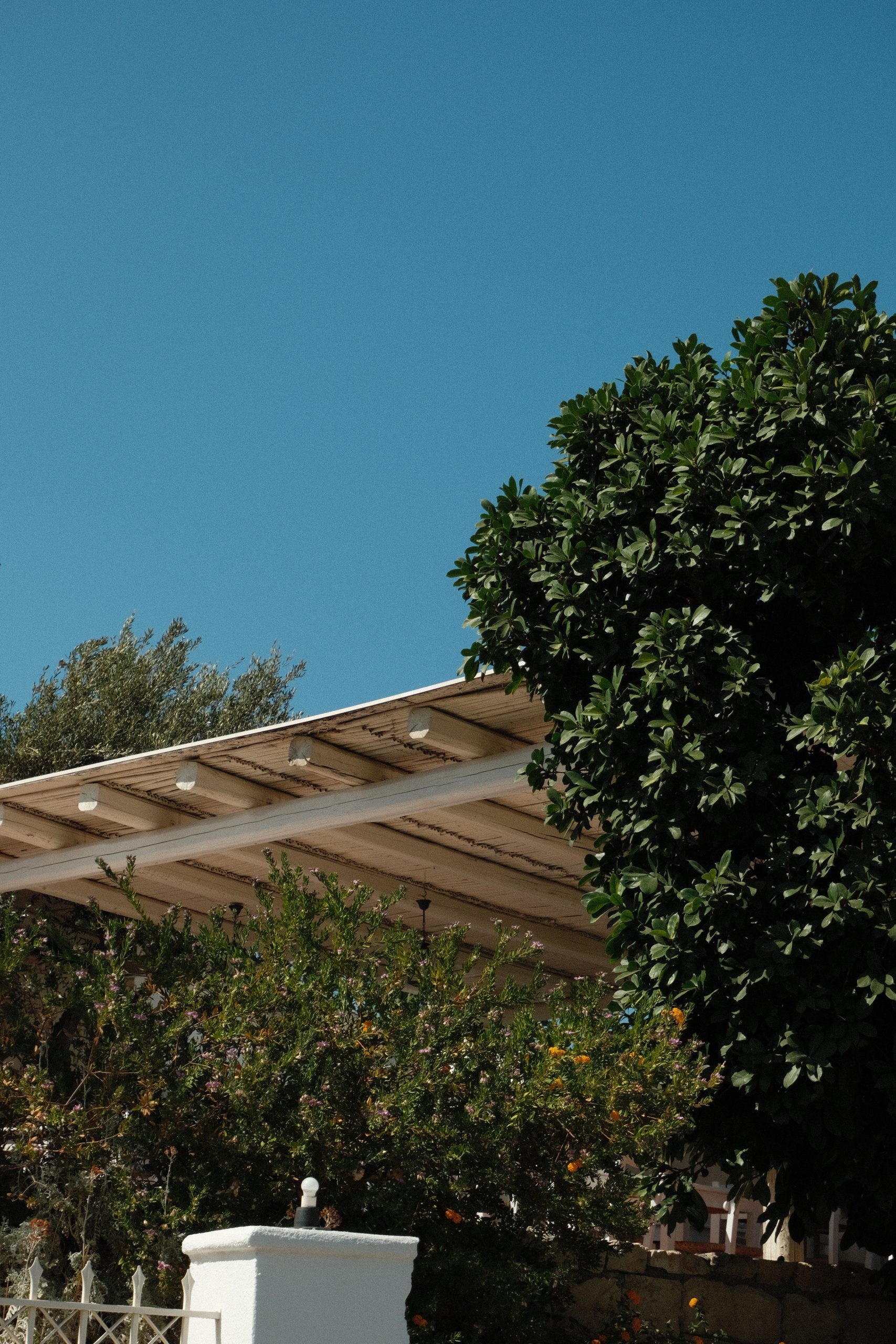
If you’ve never designed one before, getting help is a good idea. An experienced contractor or designer can help determine your needed materials and advise which ones will work best for your situation. They’ll also be able to tell you if you might need permits for certain projects and, if so, what they will entail.
Step 2: Prepare the Materials
For the most part, building a patio cover or shade structure doesn’t require specialized tools or equipment. However, you’ll need to find the right supplies to create a unique style. Depending on your style, you may want to use various materials like wood, metal, plastic, bamboo, and more.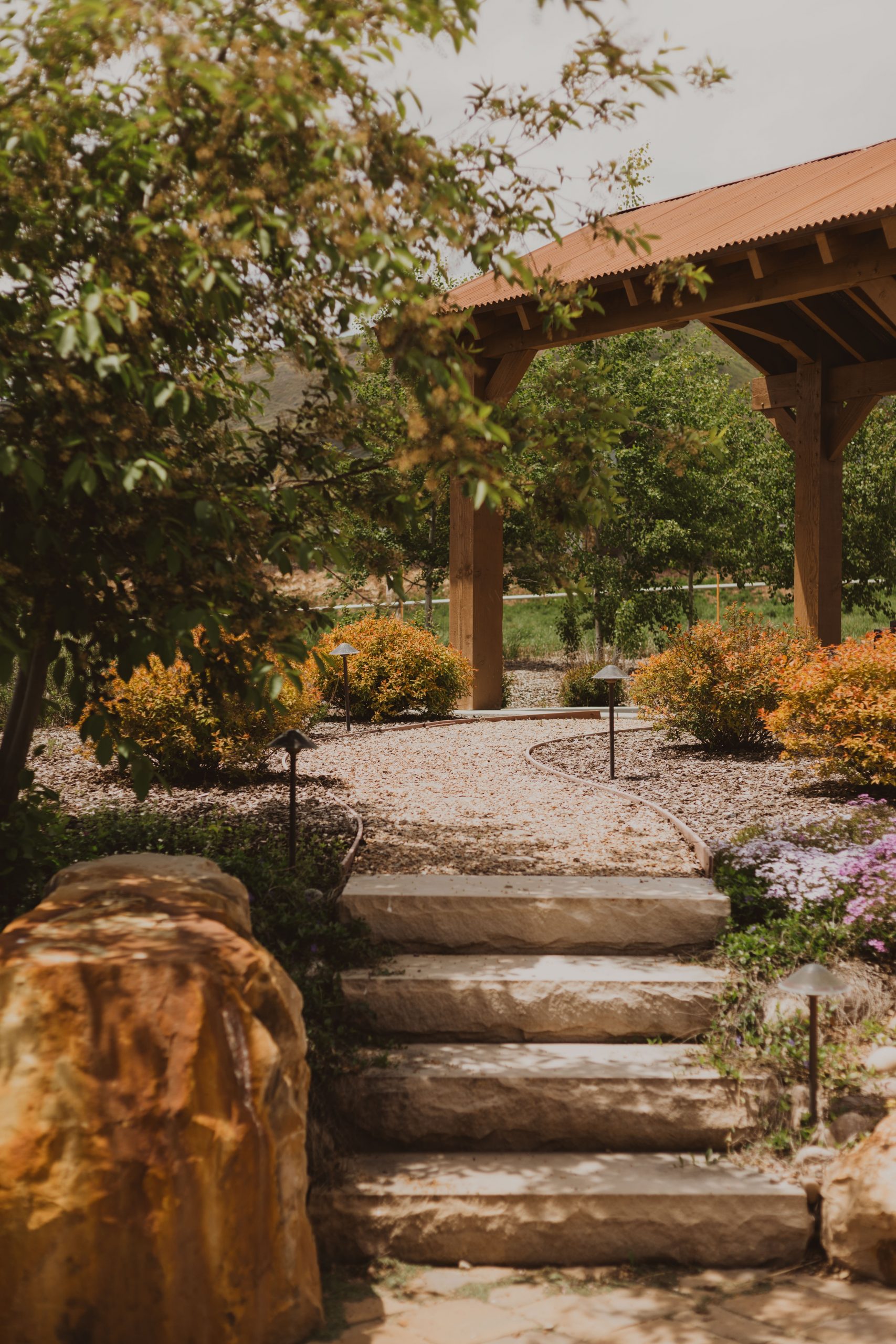
Wood and aluminum are the most common materials used in patio covers and shade structures. Wood is typically lighter and easier to work with than aluminum while still being strong enough to support heavy loads. It can also be stained or painted to match your decor. Some examples include cedar, redwood, cypress, pine, teak, and similar woods.
Aluminum can be a cheaper alternative to wood and comes in various colors and finishes. And since it doesn’t rot over time, you won’t have to worry about maintenance.
Other options include steel beams, PVC pipe, and glass, among many others. Be sure to check the specs on whatever supplies you decide to purchase, and ask questions if needed.
Step 3: Lay out your Construction Plan
Building a patio cover or shade structure is quite straightforward. You’ll first need to lay down a concrete base layer, then place the supporting structure (i.e., poles) over the base. Next, attach the actual covering element(s). Finally, install the finishing touches, such as railings, lighting, and decorative accents.
If you plan to build a treehouse-style structure, you’ll need to dig out a hole for each pole. This can be done by hand using shovels, digging sticks, or other implements. Alternatively, you can rent a backhoe if necessary.
When choosing the right supplies for your project, keep the following in mind:
Poles:
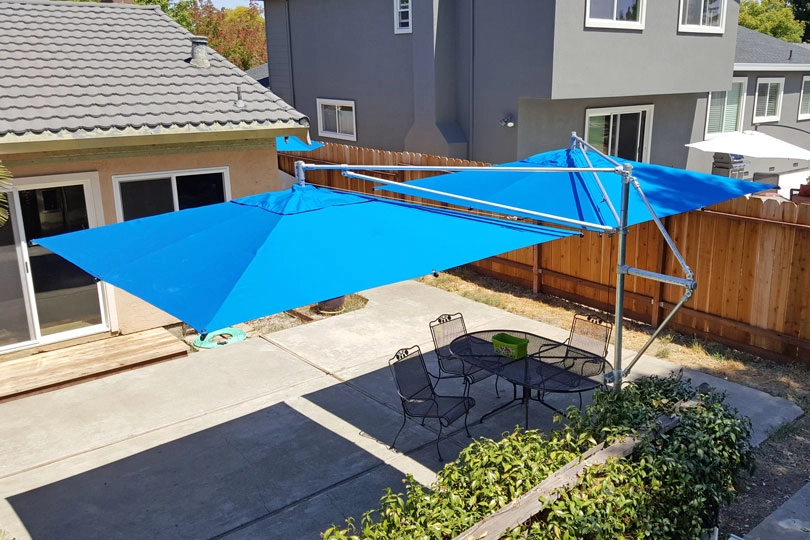
Pole sizes vary depending on the desired height, weight load, etc. Generally speaking, the larger the diameter, the sturdier the structure. Make sure you buy poles that are at least 2 feet long.
Wood:
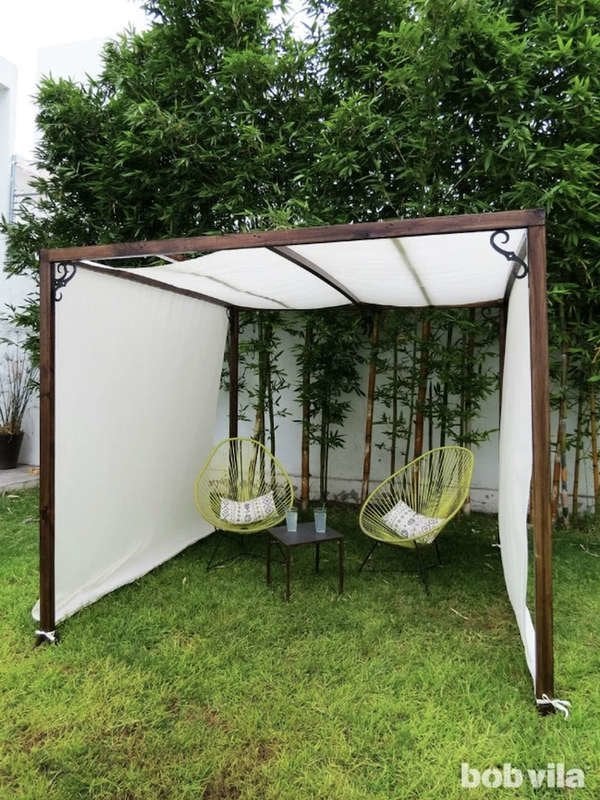
Most patio covers and shade structures are wood, either plywood or particleboard. Plywood is stronger and lasts longer, though it requires more labor to assemble. Particleboard lasts longer than plywood but costs more.
Covering materials:
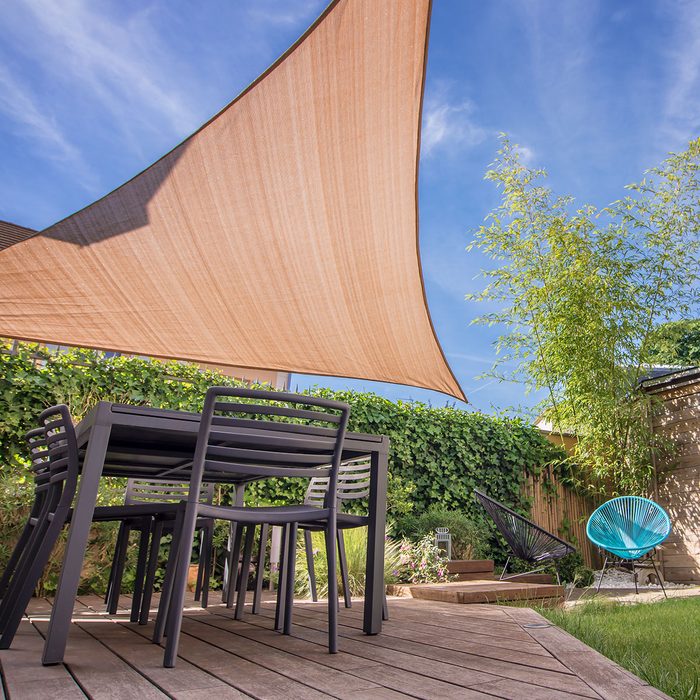
Various materials can be used to construct a patio cover or shade structure, including wood, vinyl, canvas, and more. Each has its advantages, disadvantages, and uses. Check with a professional supplier to see what is available in your area and what you need to order.
Finishing touches:
When you’re ready to install the final pieces, you’ll need to finish off the structure to ensure durability. Consider adding railings, lights, and other decorations to accentuate your finished product.
Step 4: Plan your matching Decorations (If Any)
Once constructed, your patio cover or shade structure can be decorated in a number of ways. You can simply leave it plain and let the natural beauty of your surroundings shine through. You can apply a beautiful coat of stain or paint or decorate it with flowers, plants, and more.
Or maybe you want to try out a DIY approach. For example, you could use fabric to add a simple roof to your structure or build a wooden trellis to hang up plants. Whatever you choose, just make sure it complements your overall design scheme.
Maintenance Plans
Maintenance is one thing to remember when creating your patio cover or shade structure. While you don’t have to do much work every year, regular upkeep pays off.
First, take care of any pests that may live in your area, especially those that cause damage to your structure. Use insecticides and pesticides to control them.
Next, remember that you’ll likely spend time outdoors during the summer months, so be prepared to deal with heat, humidity, and insects. Keep any items inside the structure, such as food, water, and drinks, cool and away from direct sunlight.
Finally, as mentioned above, ensure you finish your structure properly. Once it’s installed, you’ll want to protect it. This means using sealants to repel moisture and keeping it clean to prevent dust, dirt, grass clippings, leaves, and other debris from getting inside.
How many Costs should you spare for the project?
As we mentioned earlier, patio covers and shade structures come in a wide range of prices. Costs for these elements depend primarily on the materials used, the complexity of the design, and the amount of labor involved. Prices typically start at under $200 for a simple structure and climb all the way to thousands of dollars for high-quality, custom projects.
Depending on your choice, you’ll likely spend between $300 and $2,000 to complete a single project. So if you aren’t going to build one yourself, you can always hire someone else to do it for you.
Design tips
With a little creativity, you can create a patio cover or shade structure that works perfectly for your needs. Whether you want to protect a small section of your yard or create a covered porch or sitting area, the sky’s the limit. Here are some ideas for a creative patio cover and shade structure design.
If you’re looking for a simple yet elegant solution, consider using an arch or arbor. Arches and arbors are very versatile and can serve numerous purposes. They can be used as standalone elements to protect your entire yard, as architectural accents, or to add extra seating to your outdoor spaces.
Another way to make your patio cover or shade structure stand out is with an attractive fence. A garden gate or fence provides privacy and protection while creating an interesting focal point for your space.
Some people prefer to create their shade structure rather than rely on a purchased item. But this is possible if you want to save money and are handy with tools. You’ll need to know how to put together a basic structure and perhaps some carpentry knowledge. But it shouldn’t be too difficult once you have a solid foundation.
Tips on how to make your own
Even if you don’t feel comfortable doing everything yourself, you can still create your patio cover or shade structure. You can build a sturdy structure for your yard without breaking the bank with simple steps and supplies. Spare yourself for several trial and error (after learning it from videos you can easily find on Youtube), and if you think you have spent more money than you should, getting someone from Thumbtack or Angi.com to get the job done is never a mistake.
Return to our recommendations; we have prepared 10 Ideas on How to Build Backyard Shades here, including important details you probably need to know before laying out your action plan. If the project is your first time, it can be a budget and precious time savior.